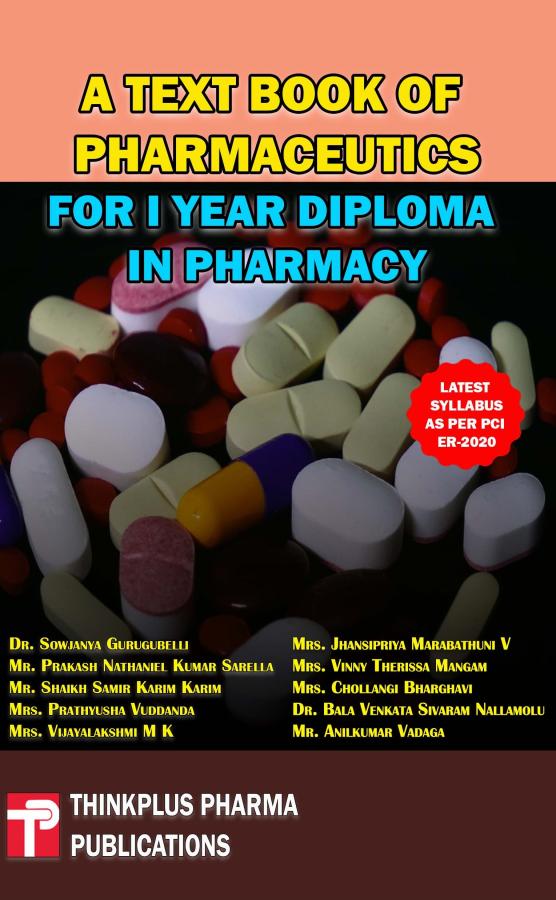Chapter 6: Size Separation
Synopsis
Author:
Mr. Gaurav Pratap Singh
Assistant Professor, Dr. K N Modi Institute of Pharmaceutical Education & Research, Modinagar, Uttar Pradesh, India
Abstract: Size separation is a crucial process in pharmaceutical manufacturing that involves the classification of particles based on their size. This operation is essential for achieving uniform particle size distributions, which directly impact drug dissolution, bioavailability, and manufacturing efficiency. Various methods of size separation are employed, including sieving, elutriation, and sedimentation. Sieving, the most common technique, uses a series of mesh screens to separate particles of different sizes. The principles of sieve analysis and the importance of selecting appropriate sieve sizes are discussed. Factors affecting sieving efficiency, such as particle shape, moisture content, and sieving time, are examined. Air classification and cyclone separators are explored as alternatives for fine powder separation. The concept of particle size distribution and its measurement using various techniques, including laser diffraction and image analysis, is introduced. Size separation plays a critical role in quality control, ensuring batch-to-batch consistency and meeting regulatory requirements for particle size specifications.
Keywords: Sieving, Particle classification, Size distribution, Powder technology, Quality control, Batch uniformity


 .
. 